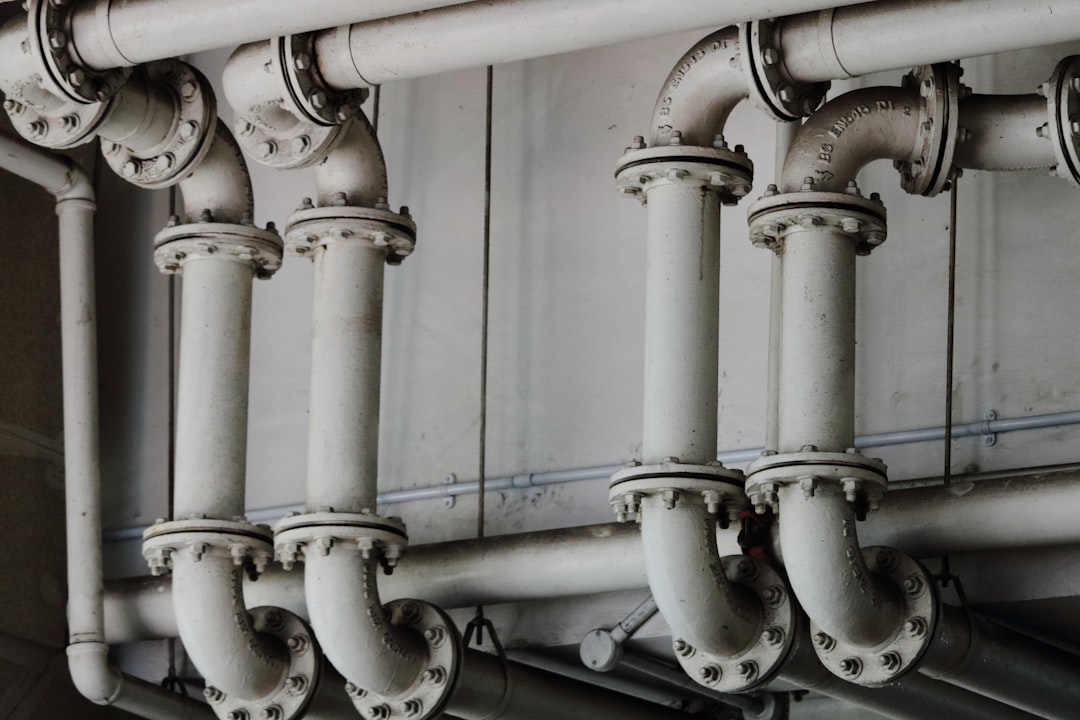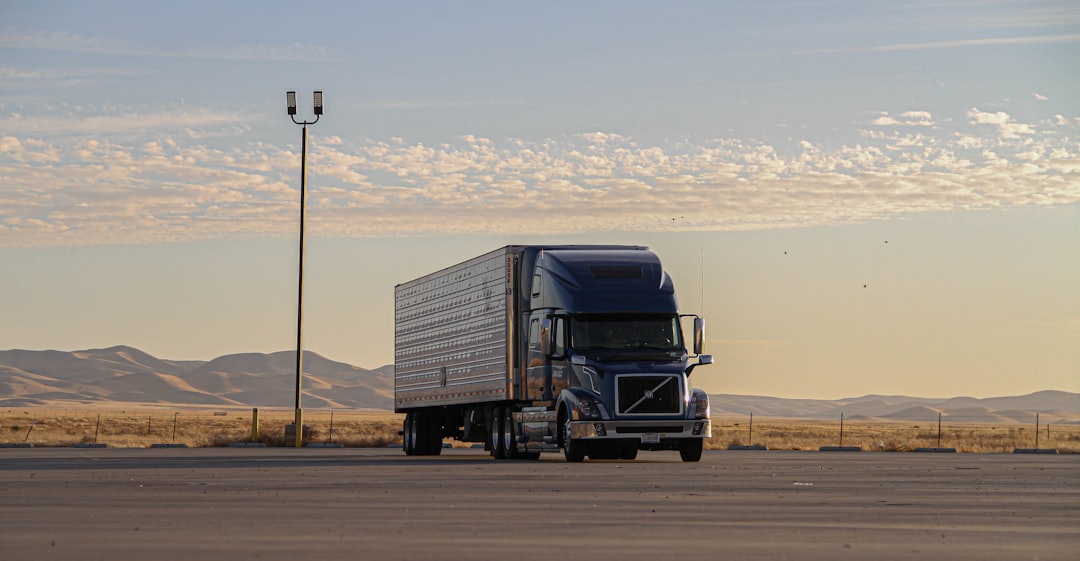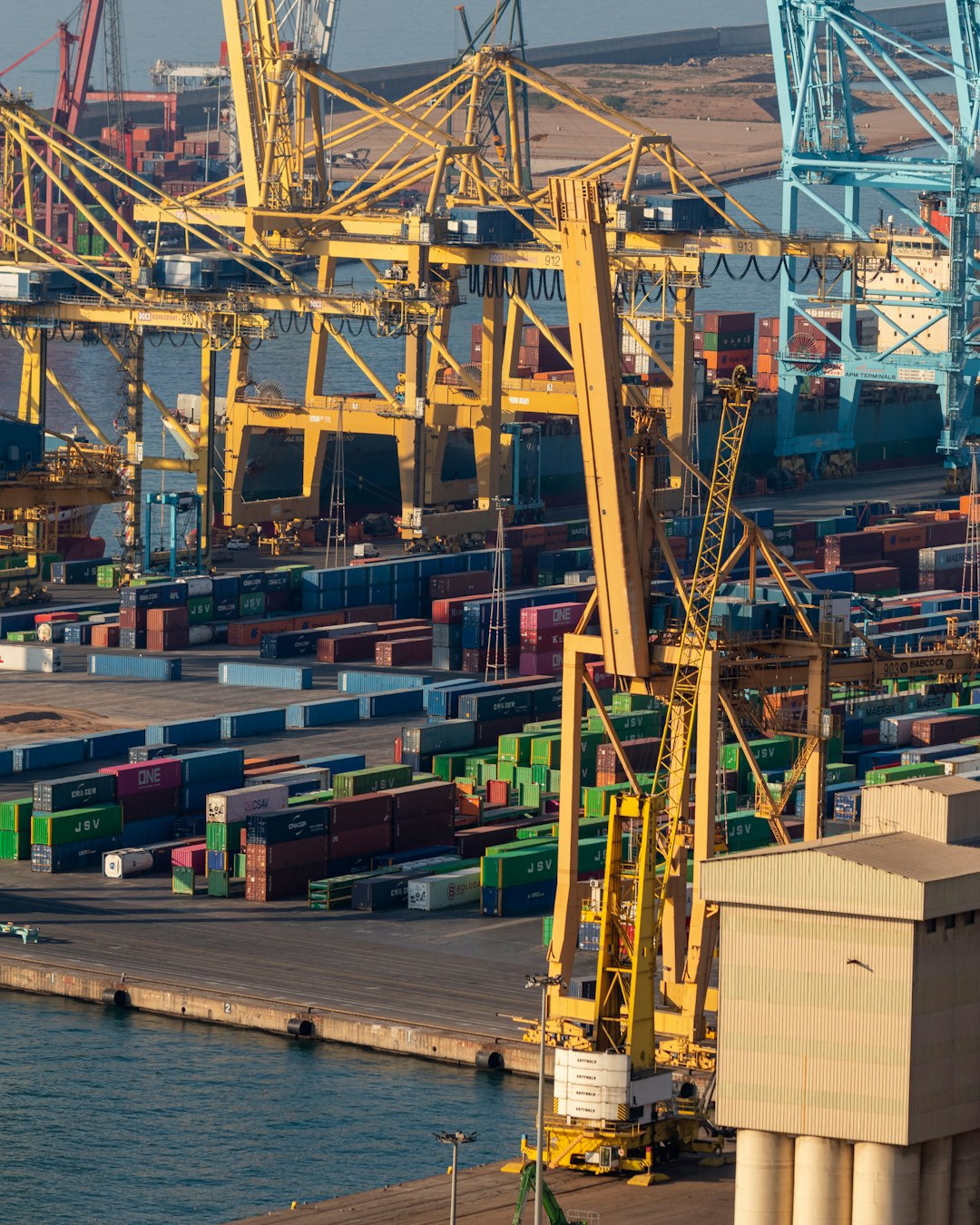Are you planning on installing your UHF radio? Then, this guide is for you. UHF radios are essential communication tools in the current times. They enable you to maintain communication with other people, especially in remote places where there isn’t any cell phone signal. Therefore, having one is critical for safety reasons. Additionally, UHF radios can be utilized for recreational activities, like exploring the outdoors.
Choose an Ideal Location for Your UHF Radio Installation, The first step is to figure out where you want to install your UHF radio. Typically, UHF radios are installed on the dashboard of a vehicle or a boat. When selecting a location, it’s crucial to pick a position that’s easily accessible and within reach. Consider a location that doesn’t interfere with your view or affect your driving. Avoid installing UHF radios in locations that may expose them to water or other elements that could damage them.
Once you’ve chosen an appropriate location, you need to attach the mounting bracket to the radio. A mounting bracket is generally included with the UHF radio kit. It should be fixed in place using screws and nuts or bolts. Make sure that the mounting bracket is tightly secured to the surface. If you prefer a portable installation, you may consider a suction cup mount.
The next step is to install the UHF radio onto the mounting bracket. The mounting option may differ depending on the type or brand of the UHF radio you have. Therefore, you need to read the user manual carefully and follow the instructions provided. Ensure that the UHF radio is tightly secured to the mounting bracket and doesn’t wobble.
The antenna connects the UHF radio to the outside world. It’s a vital component that determines the range and quality of your communication. Therefore, it’s essential to make sure that it’s appropriately fixed in place. The type of antenna you need may differ depending on the environment you plan on using it. A larger or more powerful antenna is ideal for rural areas where the signal may be weak. A smaller and less powerful antenna may be ideal for urban and suburban areas.
The final step is to connect the UHF radio to a suitable power source. UHF radios typically draw power from a vehicle or boat’s battery. Therefore, you need to understand the electrical setup of your vehicle or boat to make sure you connect it correctly. You may also need to purchase additional cables or accessories to connect the UHF radio to the power source.
UHF radio installation is a simple process that anyone can do. However, it’s crucial to follow the user manual instructions carefully. Improper installation may lead to damage or poor communication, which could be dangerous in times of need. Additionally, it’s essential to invest in a high-quality UHF radio, antenna, and mounting bracket for maximum performance.











